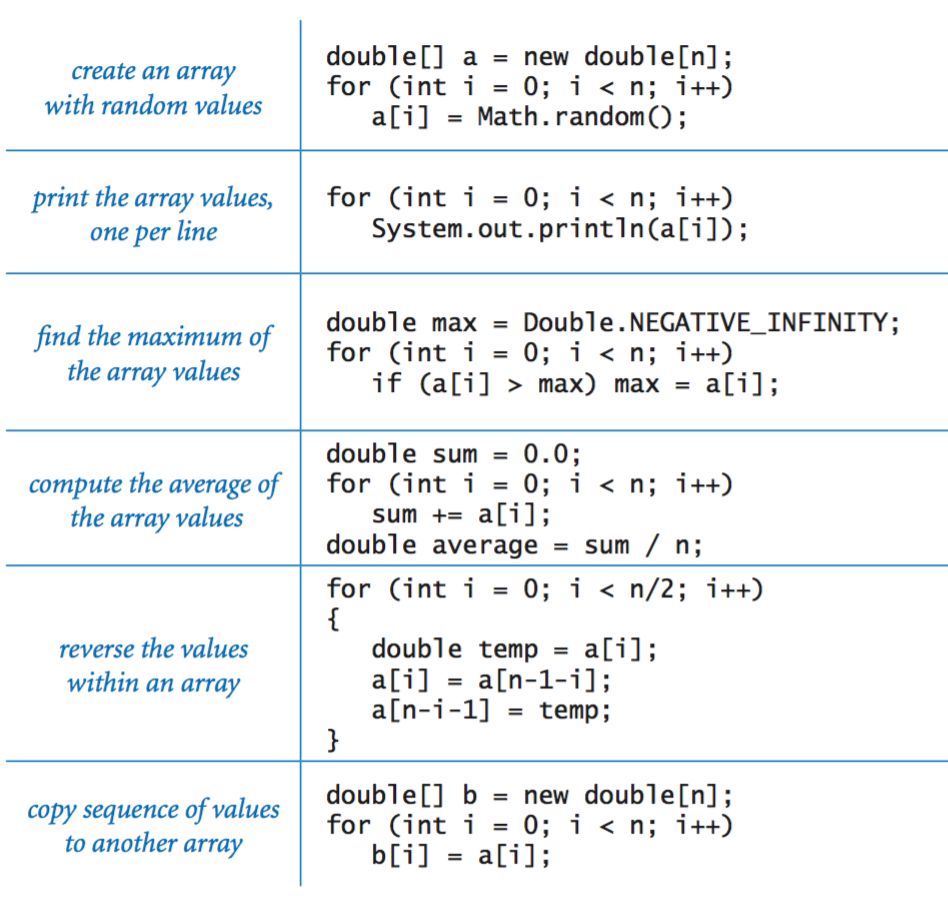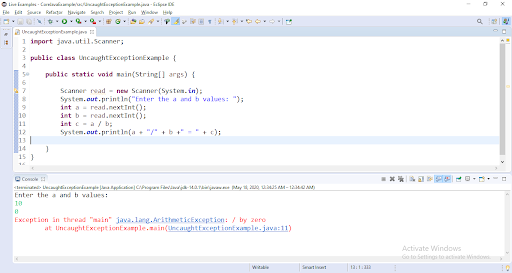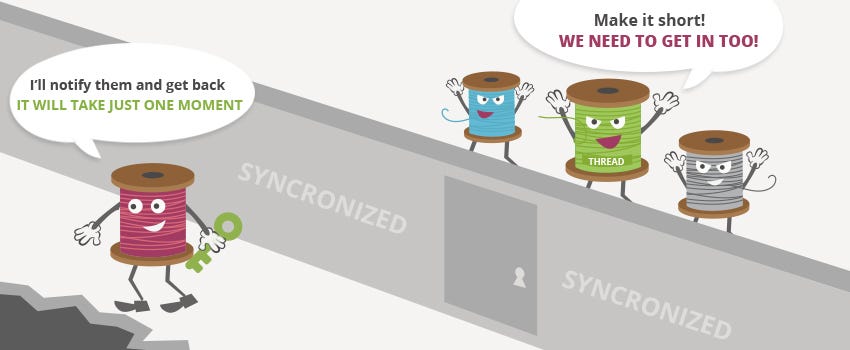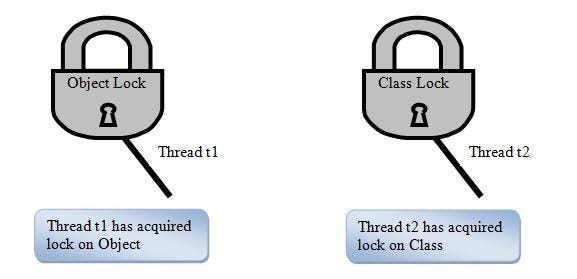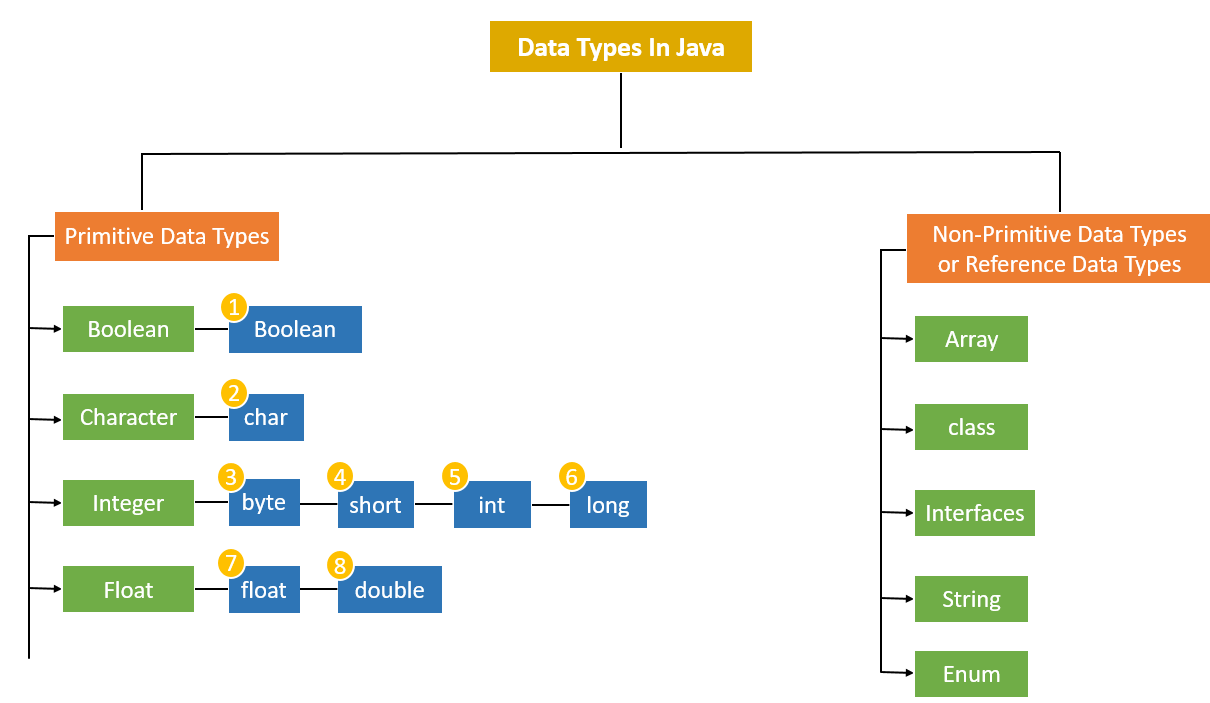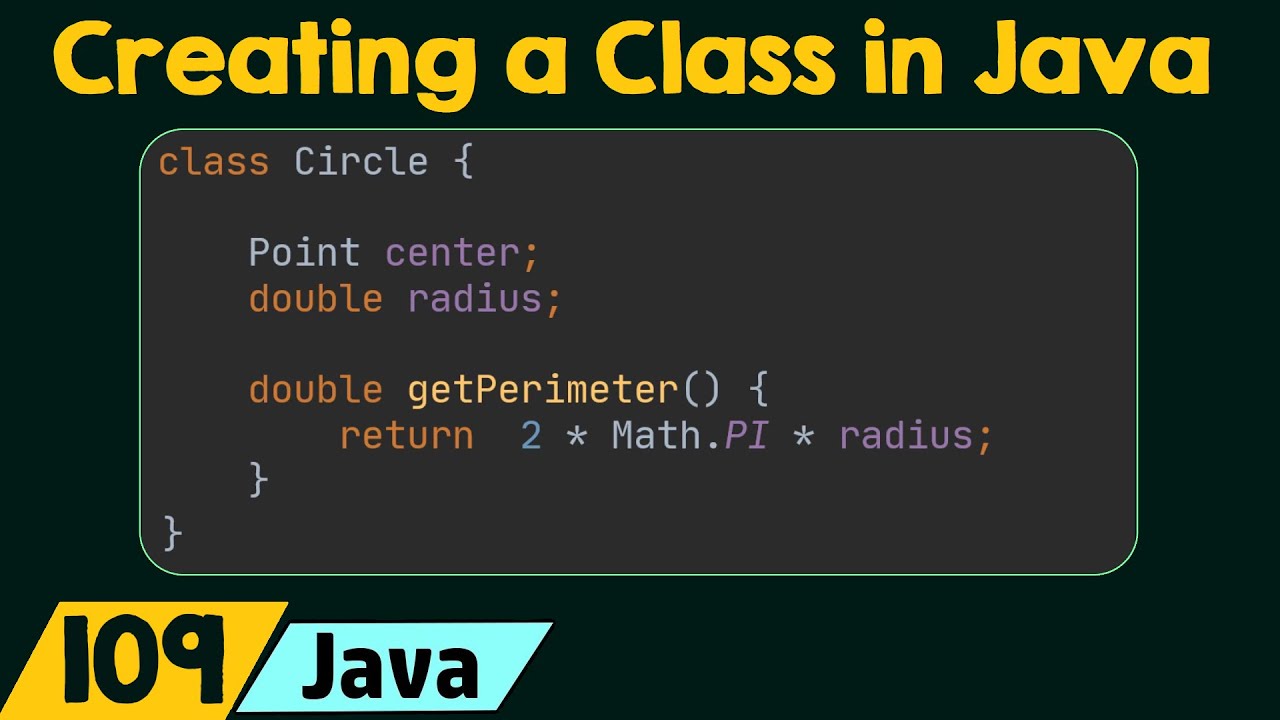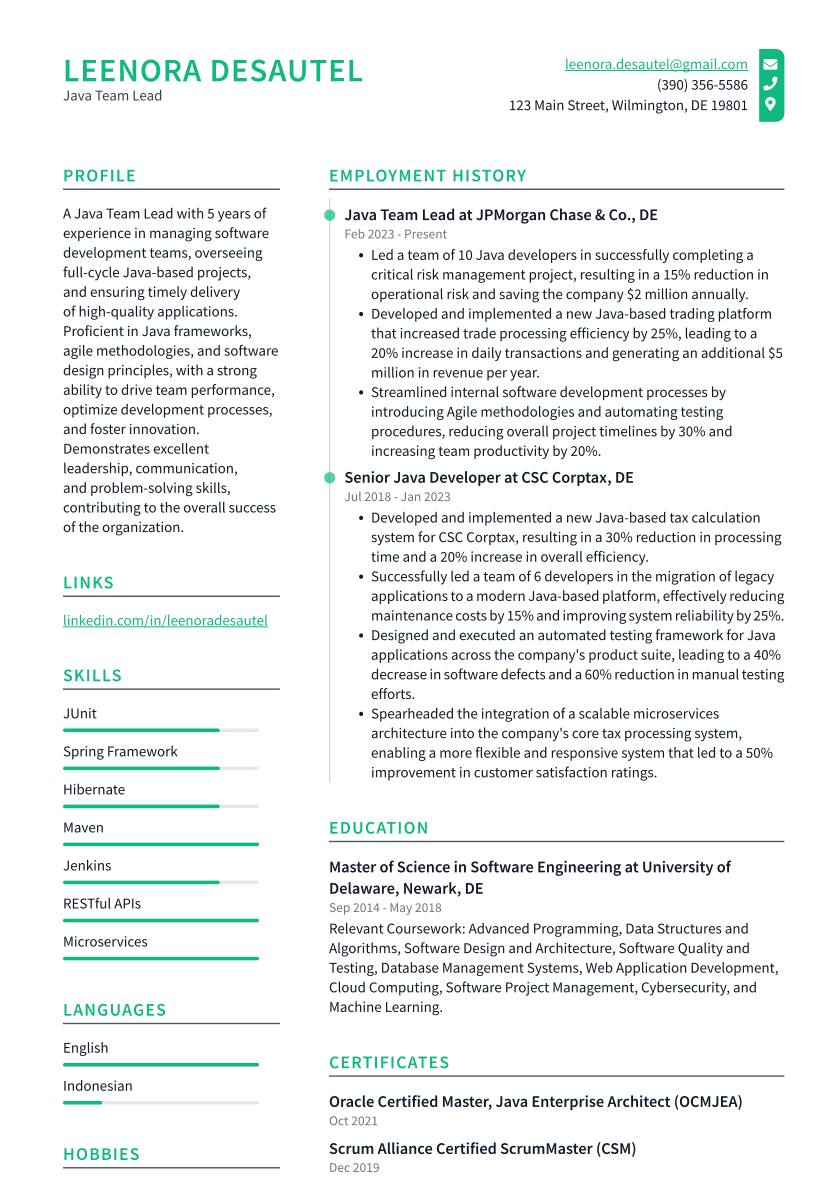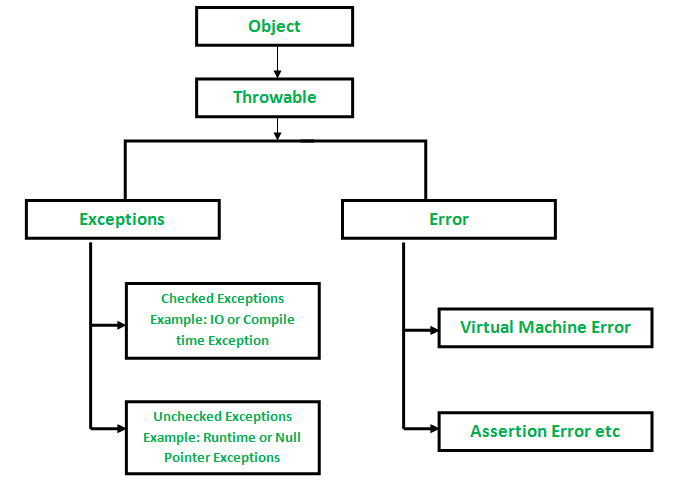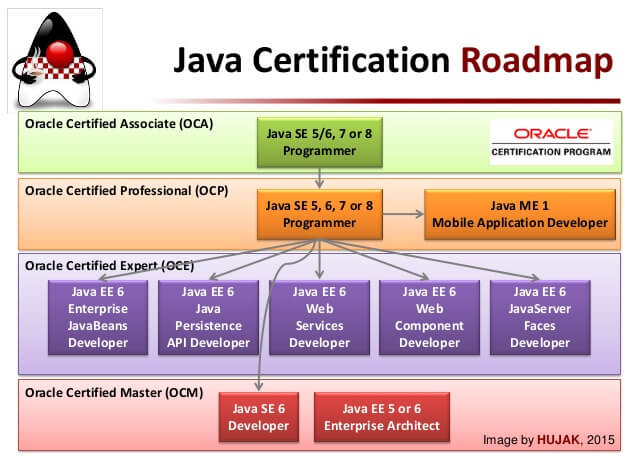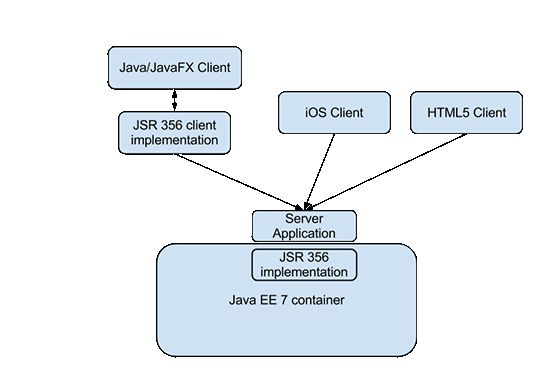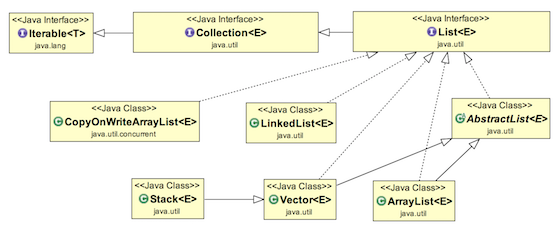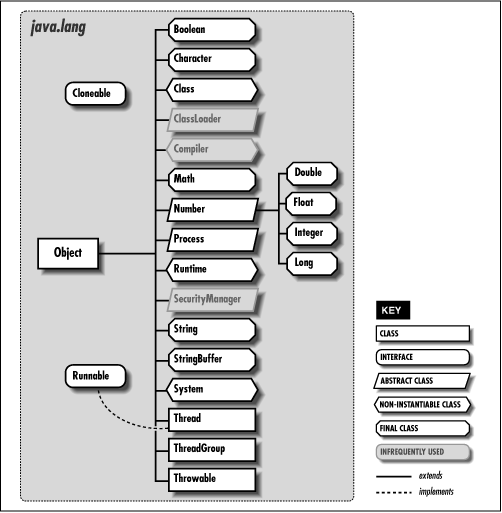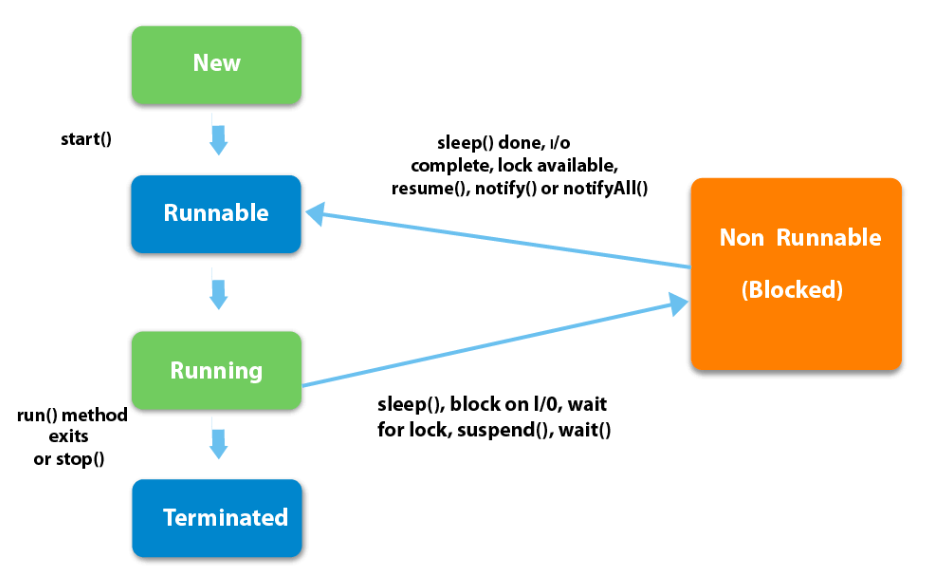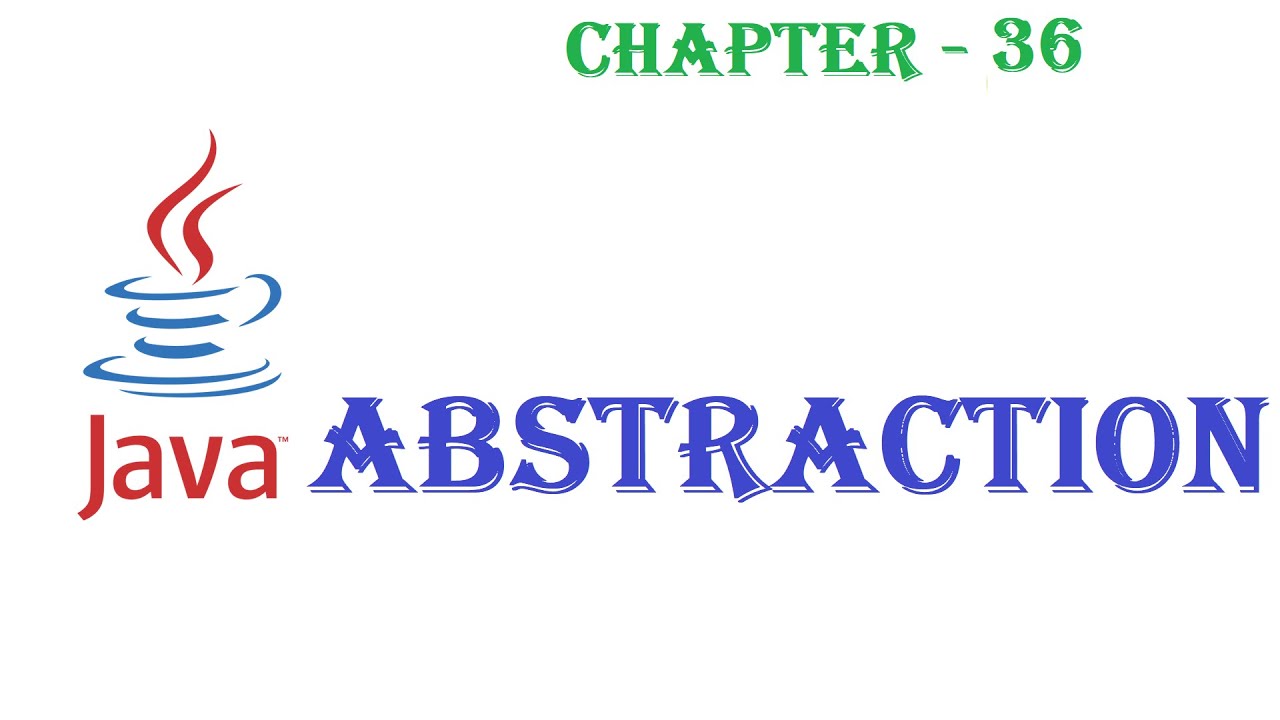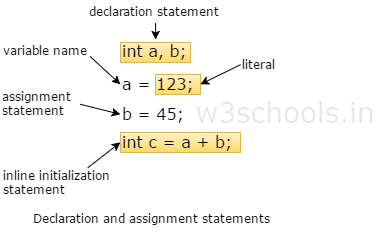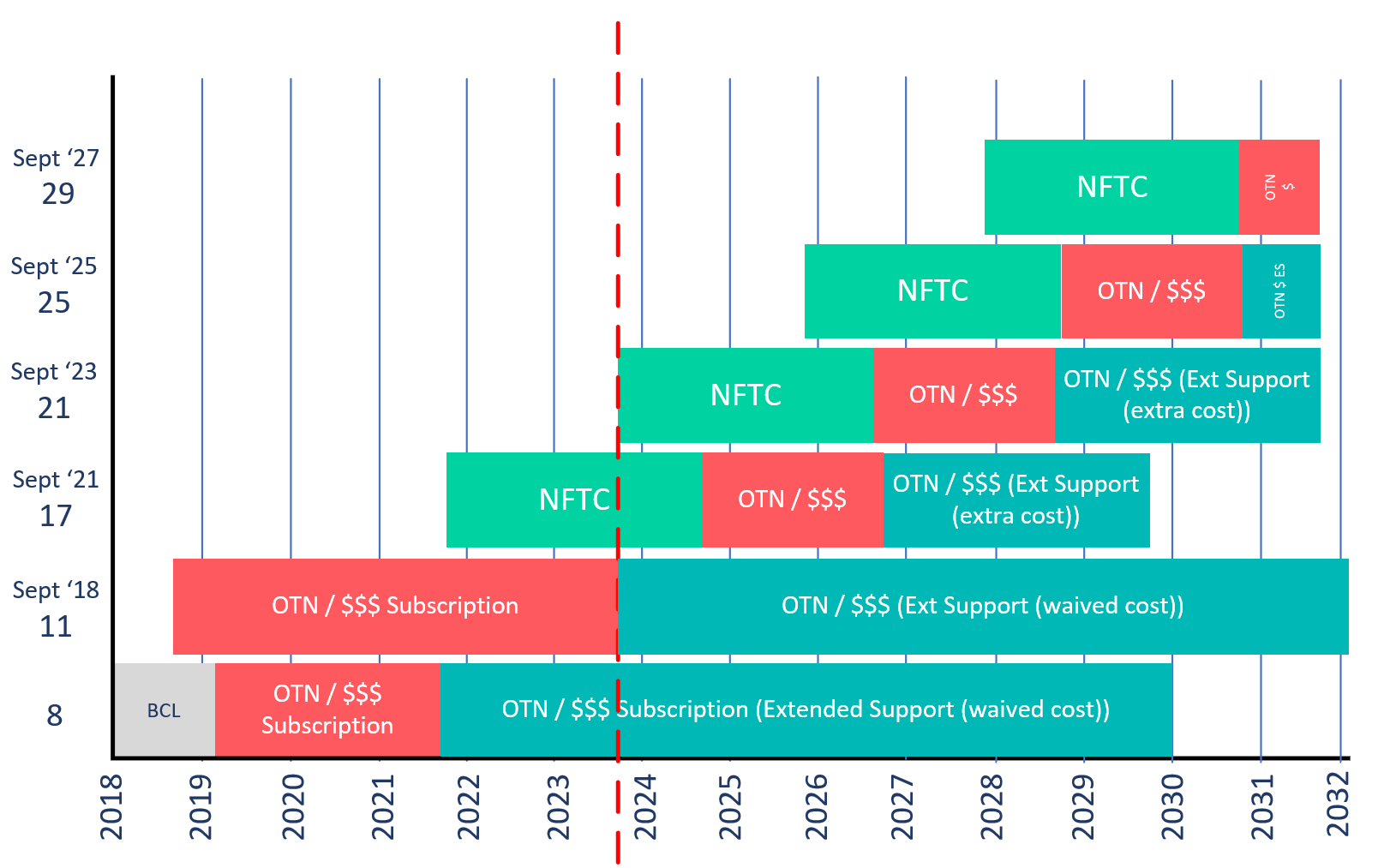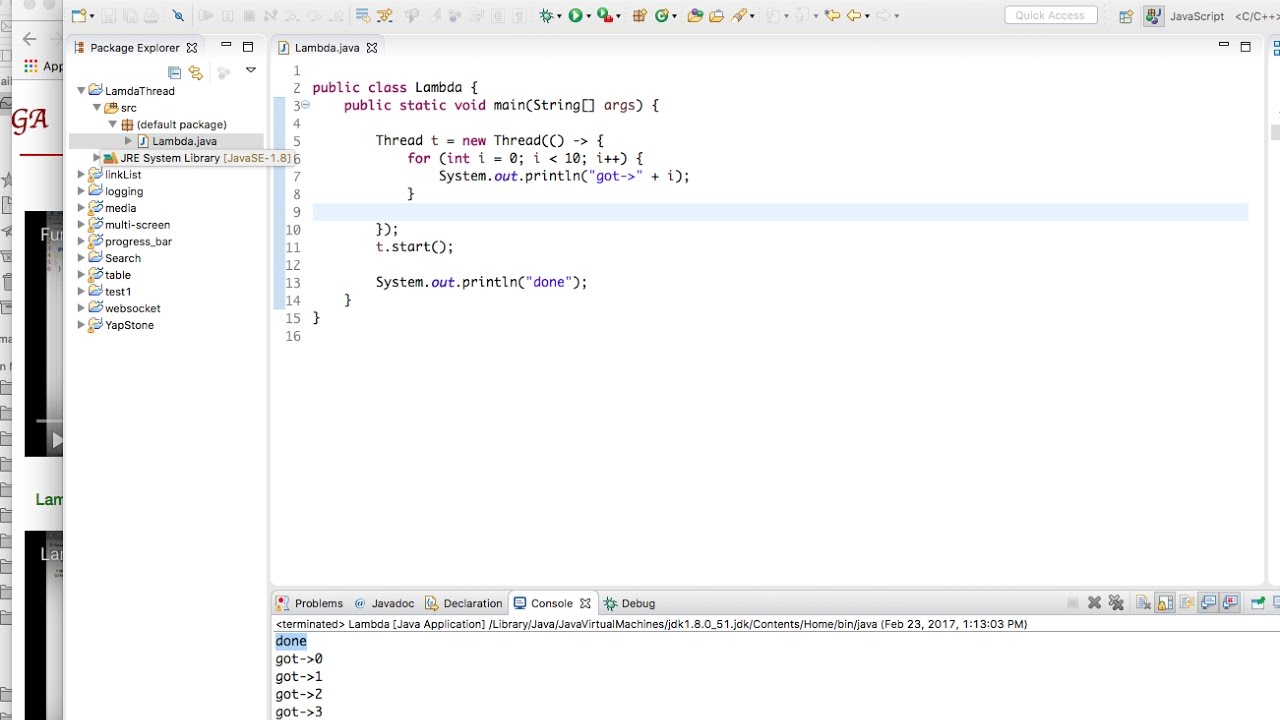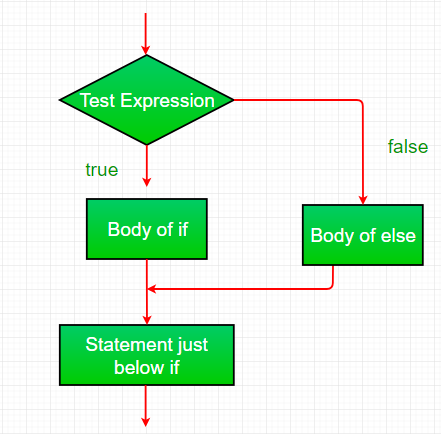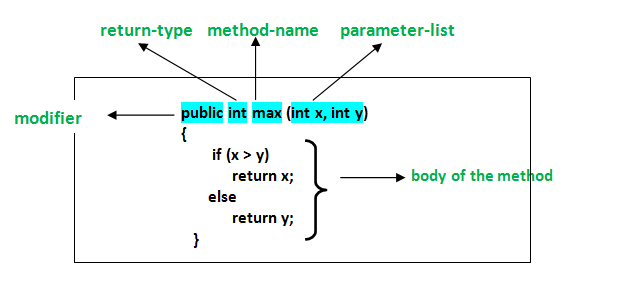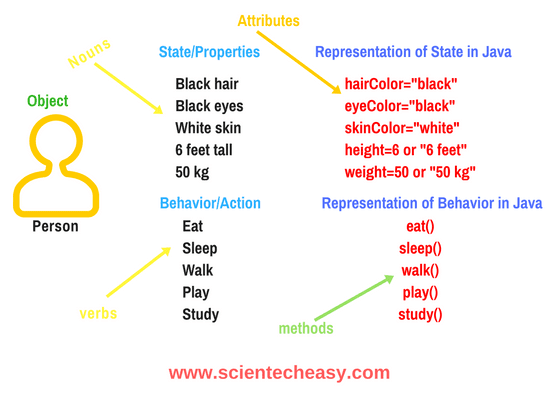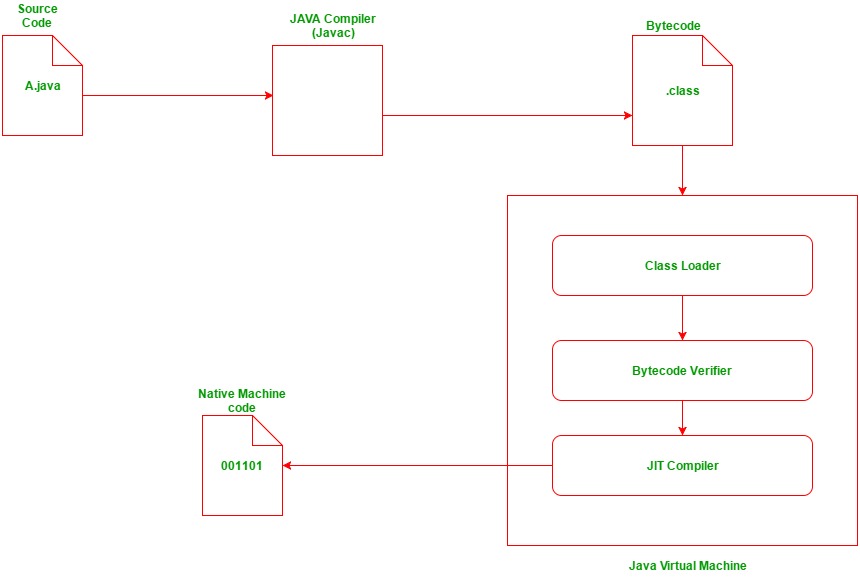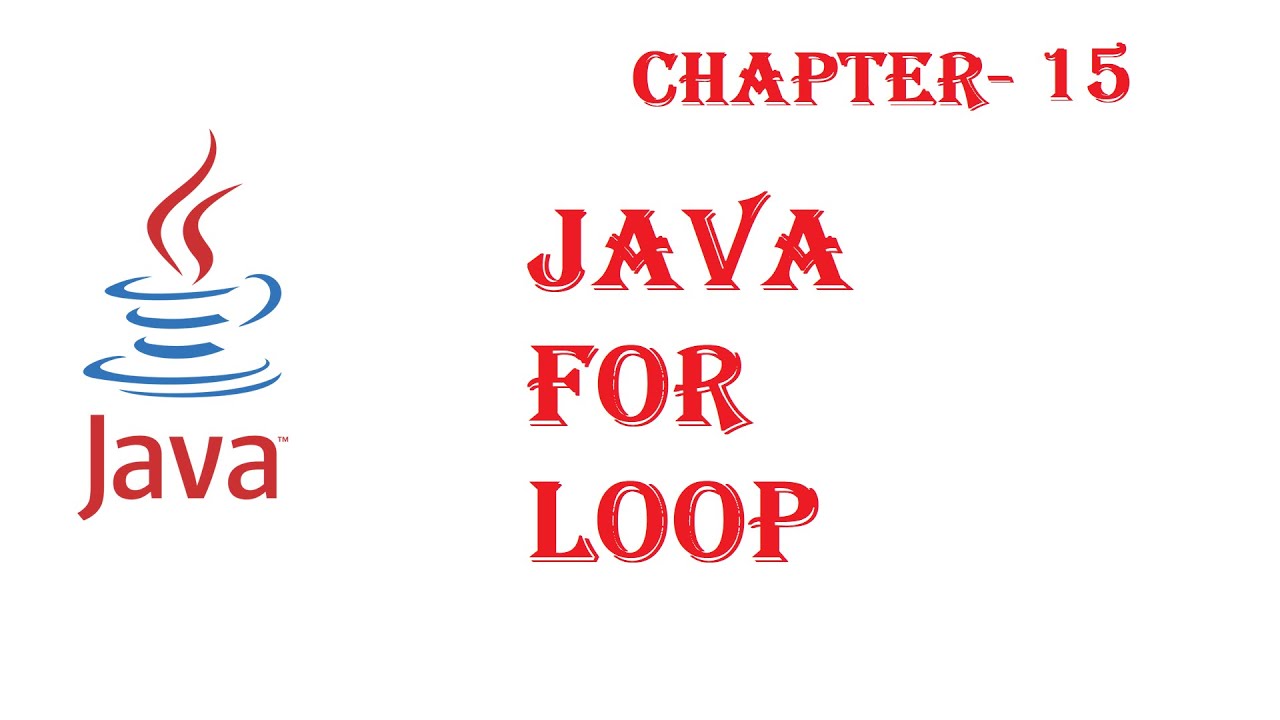What is a class in Java?
What is a class in Java?
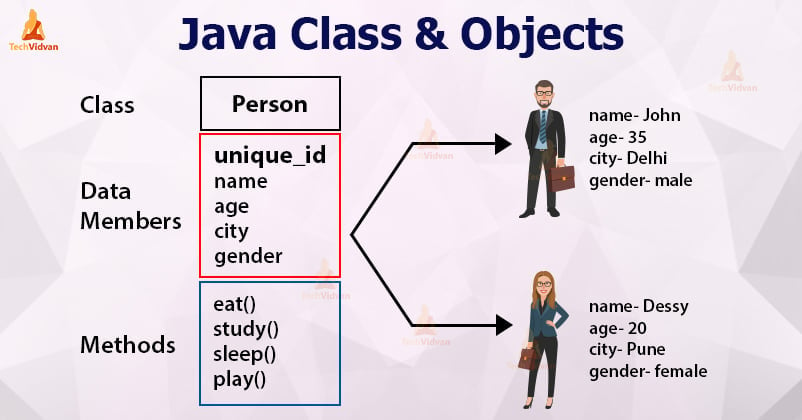
I'm happy to respond in English!
In Java, a class is the fundamental building block of a program. It's a blueprint that defines a set of objects that share common characteristics and behaviors. Think of it as a template or a mold that you can use to create multiple instances with similar attributes and actions.
A class typically consists of:
Class members: These are variables (data) and methods (functions) that define the properties and behaviors of the class. Constructors: Special methods that initialize objects when they're created. You can think of them as a special kind of method that sets up an object's initial state. Methods: These are blocks of code that perform specific actions or operations. Classes can have multiple methods, each with its own purpose.When you create an instance of a class (like creating a new dog), it's called an object. Objects have their own set of attributes (data) and behaviors (methods) defined by the class they're based on.
Here are some key concepts to keep in mind:
Inheritance: Classes can inherit properties and behaviors from parent classes, which allows for code reuse and a more organized hierarchy. Polymorphism: Classes can have multiple methods with the same name but different parameters or implementations. This is useful when you want to perform similar actions with slightly different variations. Encapsulation: Classes can hide their internal implementation details and only expose necessary information through public methods, which helps maintain data integrity and reduces coupling between classes.In Java, classes are used to:
Organize code: Grouping related concepts and behaviors into a single entity makes your code more readable and maintainable. Define objects: Classes define the structure and behavior of objects, making it easier to create instances that represent real-world entities or abstract concepts. Implement interfaces and protocols: Classes can implement interfaces or protocols, which specifies a set of methods that must be implemented, ensuring consistency across different classes.In summary, classes in Java are like blueprints for creating objects with shared characteristics and behaviors. By defining a class's members, constructors, and methods, you can create instances that reflect real-world scenarios or abstract concepts, making your code more organized, reusable, and maintainable.
(Now, go ahead and ask me anything else!)
What is class in java w3schools
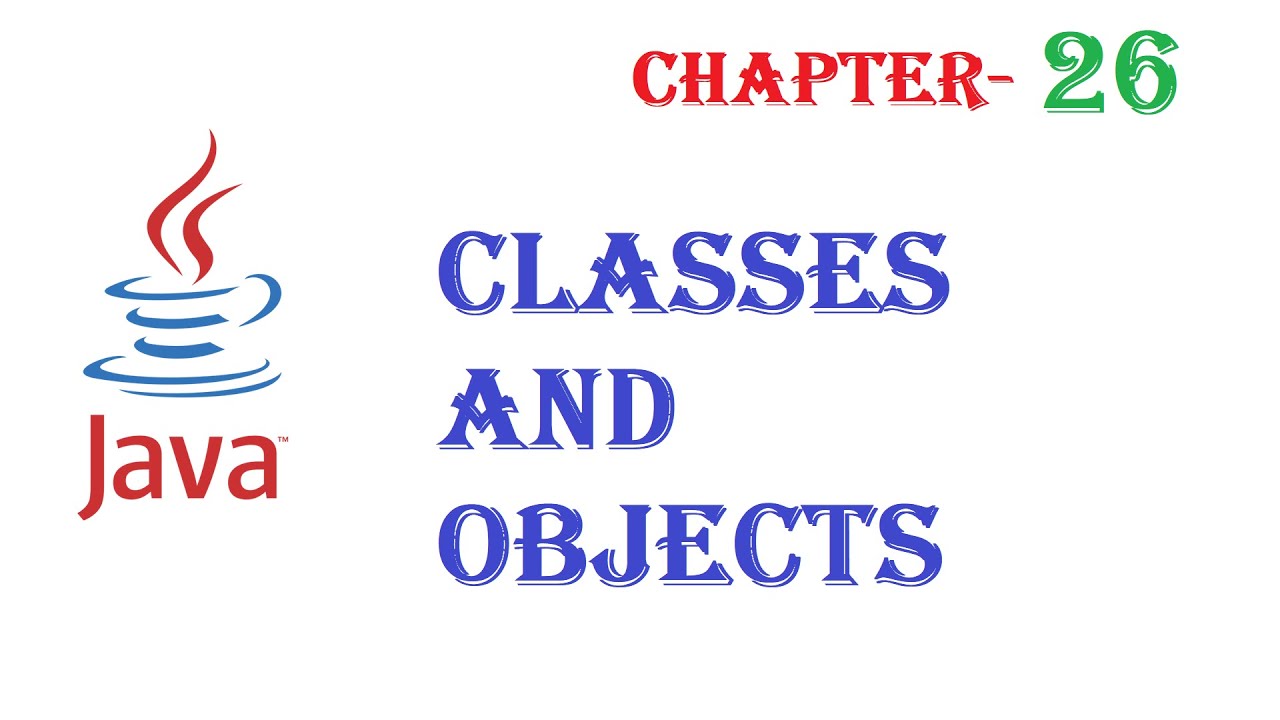
I'm glad you asked! According to W3Schools, a Class in Java is the basic building block of any Java program. It is a blueprint for an object that contains its own state (data) and behavior (methods).
In other words, a class defines a custom data type with its own set of attributes (also known as instance variables or fields) and methods (functions). An object created from a class is called an instance of the class. Each instance has its own set of attribute values.
Here are some key points about Classes in Java:
Definition: A Class is defined using theclass keyword followed by the name of the class. Attributes: A Class can have one or more attributes, which are variables that store data. These attributes are also known as instance variables or fields. Methods: A Class can have one or more methods, which are functions that perform a specific task. Methods can take arguments and return values. Inheritance: Java supports inheritance, which means that one Class can inherit the attributes and methods of another Class. This is achieved using the extends keyword. Polymorphism: Classes in Java also support polymorphism, which means that a method with the same name can have different behaviors depending on the type of object it is called upon.
Here's an example of how you might define a simple Class in Java:
public class Person {
private String name;
private int age;
public Person(String name, int age) {
this.name = name;
this.age = age;
}
public void sayHello() {
System.out.println("Hello! My name is " + name + " and I am " + age + " years old.");
}
}
In this example, we define a Person Class with two attributes: name and age. We also have a single method called sayHello, which prints out a greeting message.
You can then create an instance of this Class like so:
public class Main {
public static void main(String[] args) {
Person person = new Person("John", 30);
person.sayHello();
}
}
In this example, we create a Person object named person, passing in the values "John" and 30 to initialize its attributes. We then call the sayHello method on that object, which prints out a greeting message.
I hope this helps! Let me know if you have any questions or need further clarification.
